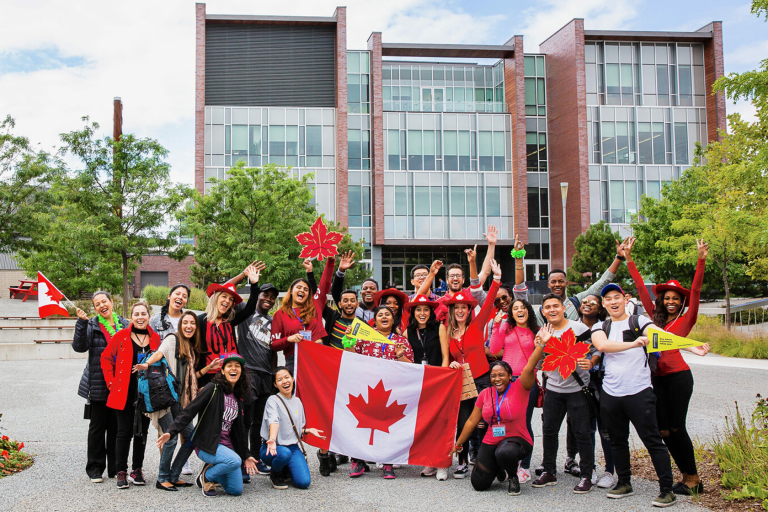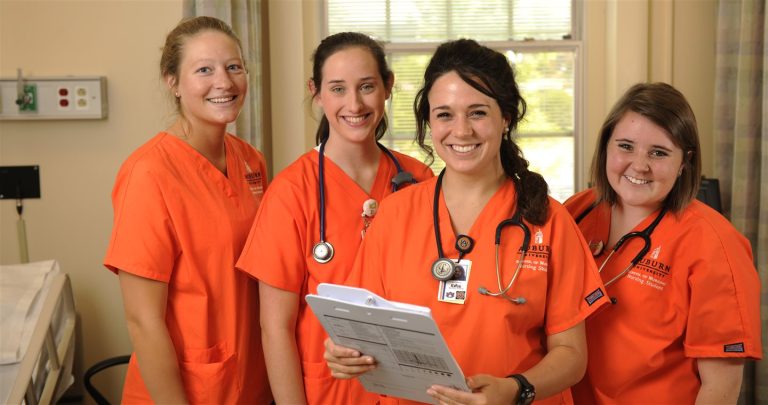Study and Work in USA
Study and Work in USA
Introduction
Study and Work in USA. Are you ready to embark on an epic journey to the land of opportunities, dreams, and diversity? Well, there’s no better place to chase your ambitions than the United States of America! In this comprehensive guide, we’ll walk you through the ins and outs of how to study and work in the USA, from obtaining the right visas to navigating the higher education landscape and the job market.
Read Also: Links to USA Scholarships
🌟 So, grab your coffee or tea, sit back, and let’s dive right into the heart of the American Dream! 🌟
Visas: Your Ticket to the USA
Student Visas: The Passport to Knowledge
If you’re dreaming about studying in the USA, the first thing you need is a student visa! So, what are your options?
- F-1 Visa: This one’s your golden ticket for full-time academic or language studies. It’s like stepping into a world of educational enchantment!
- M-1 Visa: If you’re planning to get your hands dirty with some hands-on, vocational training, the M-1 visa is your go-to.
💡 Quick tip: To get either visa, you must be accepted by a Student and Exchange Visitor Program (SEVP) certified school. Your first step is to secure that acceptance letter!

Working Visas: Turning Dreams into Dollars
Now, you’re probably thinking, “How do I work my way into the USA job market?” Good question! Let’s talk work visas:
- H-1B Visa: If you’re a pro in a specialized field, this one’s for you. IT, engineering, science – you name it!
- L-1 Visa: For all you managerial and executive talents out there, the L-1 visa might be your doorway to the States.
- J-1 Visa: Exchange visitors unite! If you’re here for cultural exchange, research, or teaching, the J-1 visa is your buddy.
- H-2B Visa: Seasonal workers, rejoice! If you’re looking for temporary work in non-agricultural fields, this visa has got your back.
🌟 Exciting news: Many students can transition from an F-1 visa to an Optional Practical Training (OPT) visa, which allows you to work in your field of study. Talk about a seamless transition, huh? 🌟
Study: Learning the American Way
College Life in the USA
You’ve got your visa sorted, now what? Welcome to the vibrant world of American higher education! Here’s a taste of what you’ll experience:
- Diverse Campuses: US campuses are like mini-worlds. You’ll meet folks from every corner of the globe!
- Extracurricular Galore: From clubs to sports teams to social events, there’s something for everyone.
- Flexible Curriculum: You can explore various subjects before committing to your major. No need to rush that life-altering decision!
- Top-Notch Professors: Renowned faculty who are passionate about their subjects and helping you succeed.
- Research Opportunities: If you’re into research, you’ll have access to cutting-edge labs and resources.
Majors and Degrees
When it comes to choosing your major and degree, the USA offers a smorgasbord of options. Some popular choices include:
- Business Administration
- Computer Science
- Engineering
- Liberal Arts
- Medicine
- Environmental Science
- Political Science
- Film and Media Studies
Read Also: Earn massively as a student
💡 Hot tip: It’s crucial to align your major with your career goals, so you can hit the ground running once you graduate!
Funding Your Education
Studying in the USA is a dream come true, but it’s no secret that it can be expensive. Don’t fret! There are several ways to fund your education:
- Scholarships: There’s a myriad of scholarships available to international students. Do your homework and apply!
- Assistantships: These are like golden opportunities, where you can work on-campus and get your tuition reduced or even waived. A win-win!
- Part-Time Jobs: On an F-1 visa with OPT? You can work part-time on-campus or off-campus to help with living expenses.
- Loans: While not the most fun option, loans are available for international students in the USA.
Work: Chasing the American Dream
Job Market Overview
Alright, you’ve earned your degree, and now it’s time to dive into the US job market! What should you expect?
- Competitive but Rewarding: The US job market can be tough, but it offers tremendous opportunities to excel in various fields.
- Networking is Key: Here, it’s all about who you know. Building a strong professional network can open doors you never knew existed!
- Internships: They’re like a sneak peek into your future career. Grab internships to gain valuable experience.
Job Search Tips
🔍 Time to polish that resume and start hunting for your dream job! Here are some tips to help you succeed:
Read Also: Side jobs to do as a student and get paid
- Online Job Portals: Websites like LinkedIn, Indeed, and Glassdoor are your best friends. Create an enticing profile and apply to positions that suit your skills.
- Networking Events: Attend industry-specific events, conferences, and meetups. Shake hands, exchange cards, and make lasting connections.
- Resume Building: Craft a stellar resume that highlights your skills and achievements. Don’t forget to tailor it to each job application.
- Interview Skills: Ace your interviews by practicing common questions and mastering the art of showcasing your strengths.
- Work on Soft Skills: Communication, teamwork, and adaptability are crucial. Employers look for these qualities just as much as technical skills.
FAQ: Your Burning Questions Answered
Can I work on an F-1 visa?
Absolutely! You can work part-time on-campus while maintaining your F-1 status during your first academic year. After that, you can engage in Optional Practical Training (OPT) to gain off-campus work experience in your field of study.
How can I extend my student visa for work?
The OPT program allows you to extend your F-1 visa to work in your field of study for up to 12 months after graduation. If you’re in a STEM (Science, Technology, Engineering, or Mathematics) field, you can get an additional 24-month extension.
Can I apply for a Green Card while on a student visa?
Yes, it’s possible, but it’s not a direct path. Most students transition from a student visa to a work visa, gain employment, and then pursue a Green Card. It’s a journey, but it’s worth it!
What is the cost of living for students in the USA?
The cost of living varies depending on the city and your lifestyle. On average, you’ll need to budget for housing, food, transportation, books, and personal expenses. It’s a good idea to research the specific city you’ll be living in to get a more accurate estimate.





